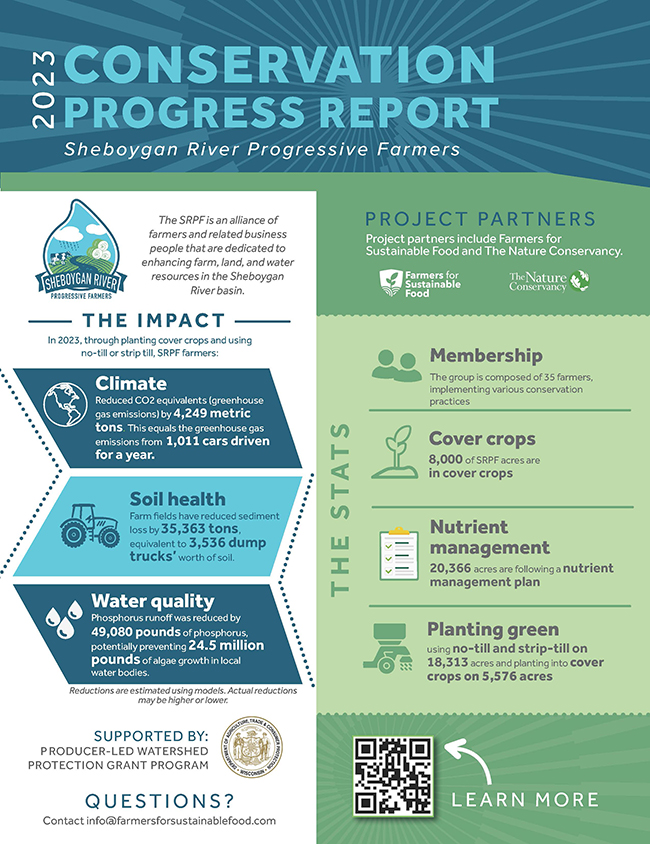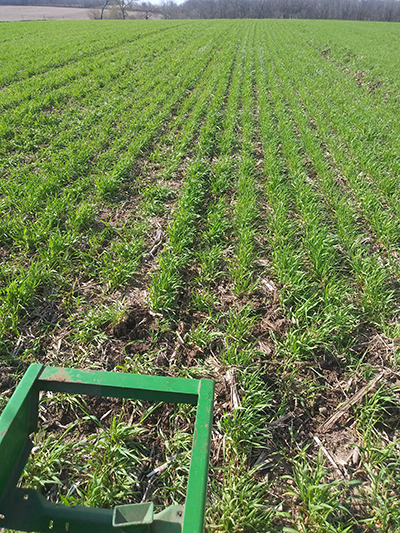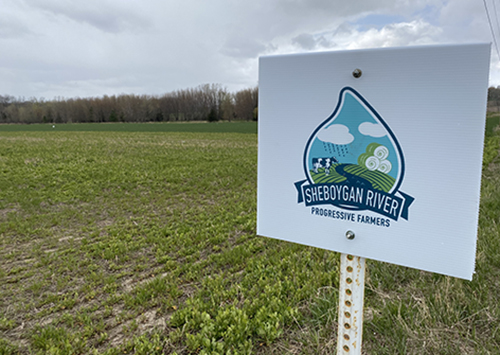About Sheboygan River Progressive Farmers
Who are we?
A group of farmers in the Sheboygan river basin area that came together to test and explore farming strategies that improve soil health, allow greater farming efficiency, sustain profitability AND lessen the impact on the environment.
Our Goal:
Improve water quality in the Sheboygan River Basin.
How we'll get there:
• Identify the most vulnerable fields that have potential to be improved with on farm conservation methods.
• Commit to several years of action on individual fields to better show a shift in soil health and crop sustainability.
• Measure and track soil health of fields that will act as test/demo sites.
• Hold an annual field day to exhibit improvements, new techniques and to learn from one another.
• Work with the non-farming community to reach water quality goals and enhance the sense of community between rural and urban residents in the basin.

Cover Crops

Cover crops have been shown to reduce soil loss, improve nutrient holding capacity and increase overall soil health. Economic studies have shown that cover crops are a good long-term investment when soil health, yield, and nutrient loss are considered. Cover crops play an important role in reducing nitrate delivery to groundwater because certain types (grasses with extensive root systems like cereal rye) can absorb nitrate and other cover crops (legumes) can produce nitrogen, thus the need for less fertilizer.
No-till and Limited Tillage
Reducing tillage leads to improved soil health, greater water holding capacity and reduced erosion. This farming practice works best when paired with other conservation tactics like cover crops, reduced nitrogen fertilizer rates and split applications of nitrogen. No-till and limited till are also excellent tools to reduce soil loss and run-off which leads to reduced phosphorus loss, soil erosion and helps improve water quality in nearby lakes and streams.
Planting Green
Planting green refers to no-till planting of primary crops into actively growing cover crops. This practice can be used when planting a grain crop such as corn or soybeans into a cover crop. This contrasts with planting into a cover crop that was killed 2 or 3 weeks before planting at a time that cover crop growth is exploding. Research has shown that by using this practice, cover crop biomass can easily be doubled.

Field Signs
Have you driven past a field and wondered what is growing or what the farmer is doing? We now have field signs that will help identify cover crops, no-till and limited tillage and crops that were planted into green (an existing cover crop). Members of Sheboygan River Progressive Farmers test and explore farming strategies that lead to improved soil health, greater farming efficiency, sustain profitability and lessen the impact on the environment.


